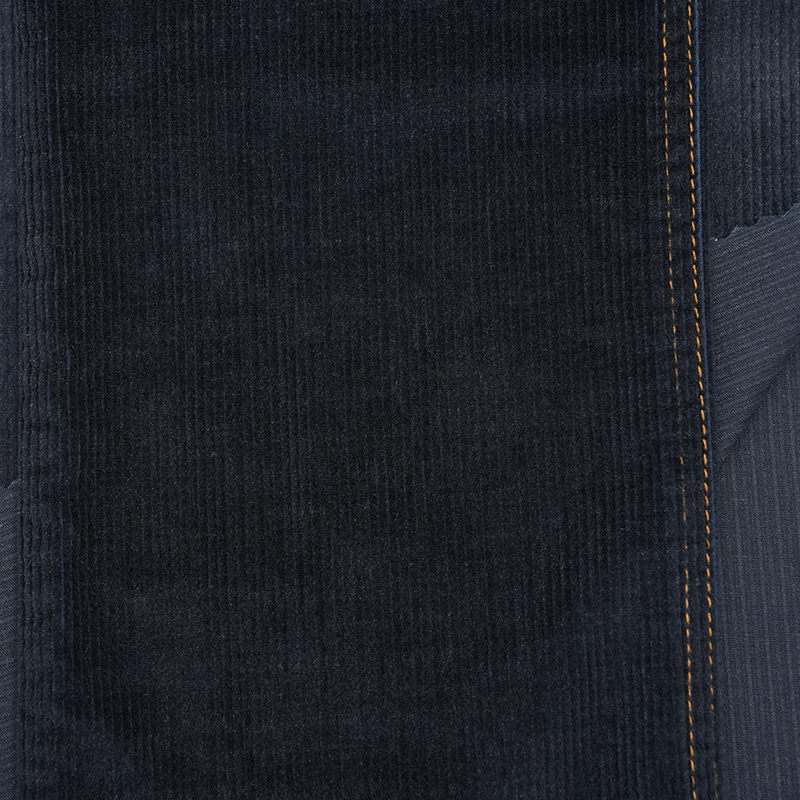Production of various high-end fabrics reaches 7 million meters annually, including a wide range of fashionable new products and exquisite items, with a broad coverage of color patterns.
How to Dye Fabric at Home: A Complete Guide for Beginners
2025-07-22
Introduction to Dyed Fabric
Dyed fabric is a versatile material used in clothing, home décor, and crafts. Whether you want to refresh old garments or create custom designs, fabric dyeing is an easy and cost-effective solution. This guide covers everything from choosing the right dye to advanced techniques.
Types of Fabric Dyes
Different fabrics require specific dyes for optimal results. Below is a comparison of common fabric dyes:
| Dye Type | Best For | Pros | Cons |
| Fiber Reactive Dye | Cotton, linen, rayon | Vibrant colors, long-lasting | Requires soda ash fixative |
| Acid Dye | Silk, wool, nylon | Bright shades, good penetration | Needs vinegar or citric acid |
| Direct Dye | Most natural fibers | Easy to use, no fixative needed | Less wash-fast |
| All-Purpose Dye | Blended fabrics | Works on multiple fibers | Colors may fade faster |
Best Fabrics for Dyeing
Not all fabrics absorb dye equally. Here’s a list of fabrics that take dye well:
| Fabric Type | Dye Compatibility | Notes |
| 100% Cotton | Excellent | Best with fiber-reactive dyes |
| Linen | Very Good | Absorbs dye deeply |
| Silk | Good | Requires acid dyes |
| Wool | Good | Needs gentle handling |
| Polyester | Poor | Requires specialized disperse dyes |
Step-by-Step Guide to Dyeing Fabric
Follow these steps for successful fabric dyeing at home:
1. Pre-Wash the Fabric
Remove any finishes or dirt by washing the fabric without fabric softener. This ensures even dye absorption.
2. Choose Your Dye Method
Common dyeing techniques include:
- Immersion Dyeing: Submerging fabric in a dye bath for uniform color.
- Tie-Dye: Creating patterns by tying fabric before dyeing.
- Dip-Dye: Partially dipping fabric for an ombre effect.
3. Prepare the Dye Bath
Follow the dye manufacturer’s instructions for water temperature and dye concentration. Stir well to avoid streaks.
4. Apply the Dye
Submerge the fabric completely or apply dye selectively for patterns. Stir continuously for even coloring.
5. Rinse and Set the Color
Rinse in cold water until it runs clear. Use a fixative (like vinegar for acid dyes) to lock in the color.
6. Wash and Dry
Wash separately in cold water and air-dry to prevent fading.

Common Dyeing Problems and Solutions
| Problem | Cause | Solution |
| Uneven Color | Insufficient stirring or fabric not pre-washed | Agitate fabric constantly in dye bath |
| Faded Color | Incorrect dye type or insufficient fixing | Use the right dye and fixative |
| Dye Bleeding | Excess dye not rinsed out | Rinse thoroughly and use color catcher sheets |
Tips for Long-Lasting Dyed Fabric
- Wash dyed fabrics in cold water with mild detergent.
- Avoid direct sunlight to prevent fading.
- Store in a cool, dry place.
Eco-Friendly Fabric Dyeing
Natural dyes from plants (like turmeric or beetroot) are sustainable alternatives. However, they may not be as colorfast as synthetic dyes.
Conclusion
Dyeing fabric at home is a simple way to customize textiles. By choosing the right dye and method, you can achieve professional-looking results. Experiment with different techniques to create unique designs.

 English
English 中文简体
中文简体 Tiếng Việt
Tiếng Việt




















